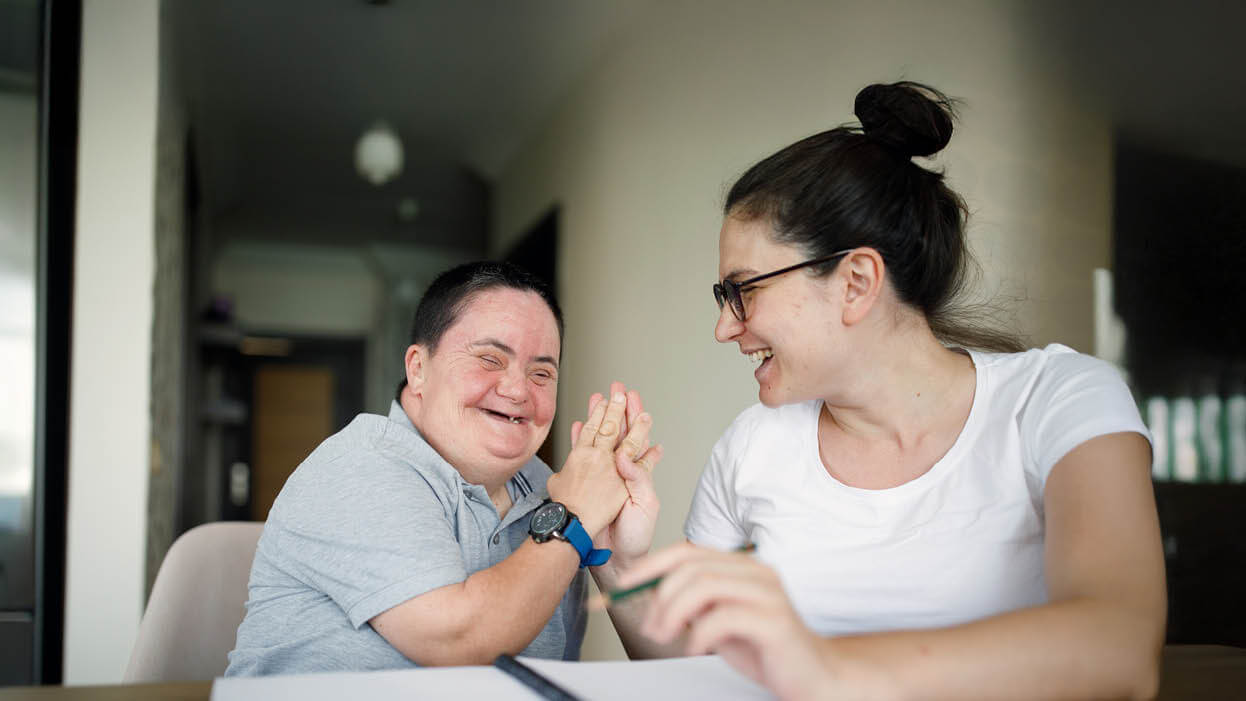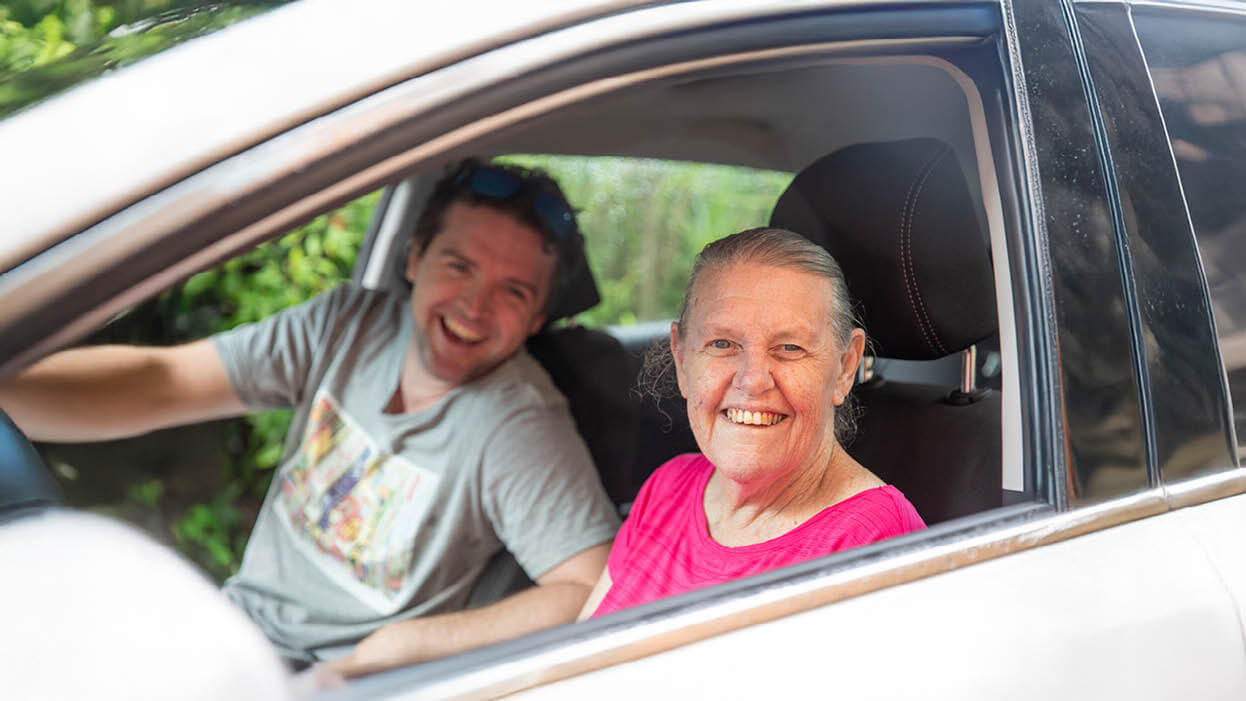Myths about the Disability Support Pension
The Disability Support Pension (DSP) exists to help Australians who have a permanent physical, intellectual or psychiatric condition that stops them from working. It is a critical part of our welfare model and is often a lifeline for the hundreds of thousands of people who receive it.
Unfortunately, some myths are going around about the DSP. In this blog, we will go through some of those myths, and in doing so, hopefully, clear the air.
Myth 1: The National Disability Insurance Scheme (NDIS) has replaced the DSP
Truth: The NDIS and the DSP serve distinct yet complementary purposes. While the NDIS doesn't replace the DSP, individuals may receive one or both, depending on their circumstances.
The two funding and welfare models have been designed to work alongside each other, not instead of.
Your NDIS plan will help fund disability supports and your DSP exists to help cover your day-to-day living costs.
Your DSP is paid by Centrelink and your NDIS plan is paid by the agency called National Disability Insurance Scheme (NDIA).
Myth 2: Everyone with disability gets the DSP
Truth: This is simply not correct. Many people with disability do not receive the DSP, and this can be for a variety of reasons. Some of these are:
You earn too much or have too many assets to be eligible
Many people with disability work, and if you earn over a certain amount, this means that you are not eligible to receive the DSP.
Unlike the NDIS, the DSP is means tested.
The amount of DSP you can get depends on your income and assets. As part of your DSP application process, Centrelink will conduct some income and assets tests.
There are a few exemptions to this, so it’s worth seeking tailored advice based on your circumstances.
Your partner earns too much for you to be eligible
Like most Centrelink policies, your partner’s income is also taken into account. If you have a partner and they earn over a certain amount, you may not be eligible.
You may not be an Australian resident
To get the DSP, you must be an Australian resident and living in Australia on the day you claim.
Centrelink may decide you do not meet the requirements
At the end of the day, it will be Centrelink that assesses your disability or condition and they may decide that you do not meet the requirements. They have a process that they use to assess this. If you want to read more about how they assess applicants, you can do so.
Myth 3: The DSP is a lot of money
Truth: Over one third of people receiving the DSP are currently living below the poverty line.
In Australia, people with disability are overrepresented among those facing poverty.
Myth 4: The DSP payment is the same for everyone
Truth: The amount people receive in their DSP varies person to person, depending on their personal circumstances.
Factors such as your age, income, and marital status can all influence the payment amount you receive.
Myth 5: You don’t need to do anything to receive the DSP
Truth: To receive the DSP you may need to meet participation requirements (or you may not – it’s assessed on a case-by-case basis). This essentially means that you may need to participate in activities to help you find and keep work.
Whether or not you do this depends on a variety of factors, like age, severity of your disability or if you have dependent children.
Myth 6: It’s easy to get the DSP
Truth: This is not correct. In fact, around one third of DSP applications are knocked back.
There are many hoops to jump through to access the DSP. There can be a lot of paperwork, medical referrals and interviews. It can be difficult to apply for the DSP.
It’s also worth noting that Centrelink can be quite strict on the accessibility criteria. You will only be eligible if “your disability or medical condition stops you from working at least 15 hours a week in the next two years”.
Myth 7: You can only receive the DSP if you have an NDIS plan
Truth: Not everyone who has an NDIS plan will receive the DSP, just as not everyone who receives the DSP will have an NDIS plan.
These are two separate schemes that work alongside one another to help you, but you don’t need one to qualify for the other.
Myth 8: The DSP is for life
Truth: The DSP is not a permanent payment.
Your DSP payments can change as your situation changes. This means you might need to report changes to Centrelink, and they can review your payments at any time.
Also, it's important to know that if you're over 65 years old, you won't qualify for DSP. Instead, people over 65 usually receive the Age Pension.
Myth 9: The NDIS will organise your DSP
Truth: The NDIS will not organise your DSP. Having an NDIS plan doesn't guarantee DSP eligibility, and vice versa.
You must apply for DSP separately through Centrelink.
Myth 10: Your DSP payment is determined by your NDIS plan
Truth: Your NDIS plan does not determine your DSP payment.
The DSP and NDIS are managed by two different groups, and treated differently.
There are two different sets of criteria to access the DSP and NDIS. If you are eligible for one, it does not automatically mean that you are eligible for both.
In summary, it's important to clear up misunderstandings about the DSP. The DSP helps many Australians with permanent disability, but some people have wrong ideas about who can get it and how it works. Remember, the DSP and the NDIS are different. They have their own rules and ways of helping. Knowing the facts helps you get the support you need.



